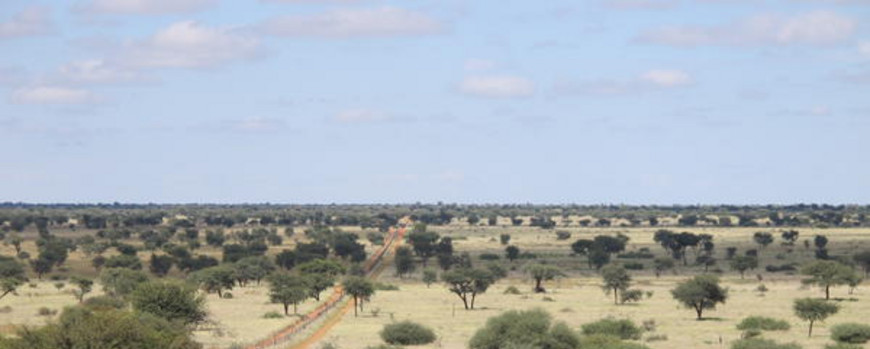Community ecology of drylands
Drylands cover approx. 30% of the global land surface with a fascinating diversity of life. Characterized by highly dynamic environmental conditions they contain a large and rapidly growing proportion of the world’s human population. Increasing land use pressure and predicted changes in climate and CO2 have led to habitat loss and land degradation. The consequences are changes in ecosystem services (e.g. biodiversity, water supply, soil functioning, resilience) and a reduction in economic profitability threatening the livelihoods of current and future generations. We aim at a mechanistic understanding of the feed-backs between key processes, i.e. climate, water, soil, vegetation and biodiversity as a scientific basis for testing alternative land management options under global changes. A special focus is set on African savannas that are particularly prone to degradation. In our approaches we combine descriptive and experimental field studies with greenhouse experiments and spatially explicit process-based simulation modelling. A strong emphasis is set on interdisciplinary cooperation with both experts and stakeholders from the fields of e.g. rangeland ecology, socio-economy and hydrology.

